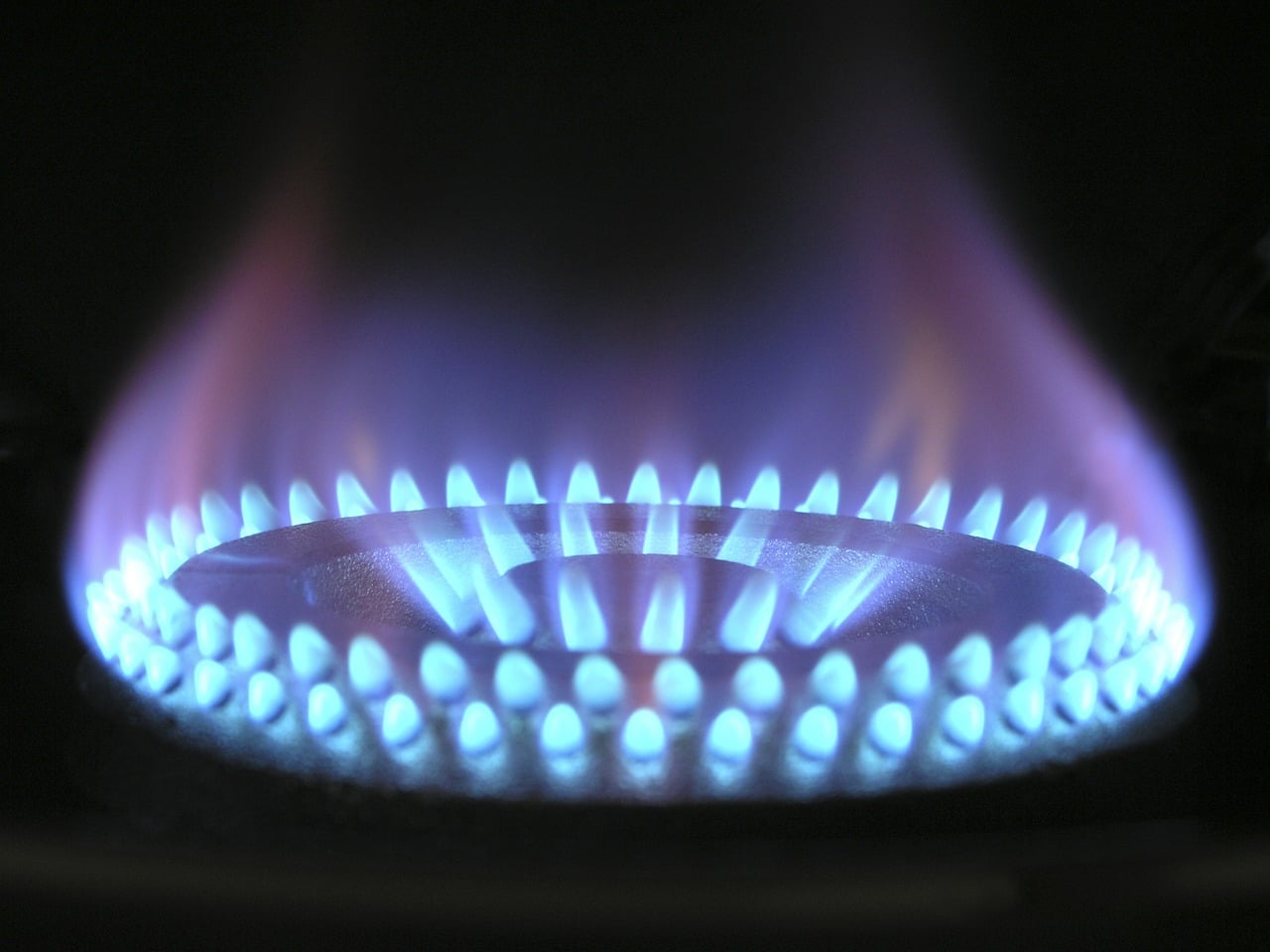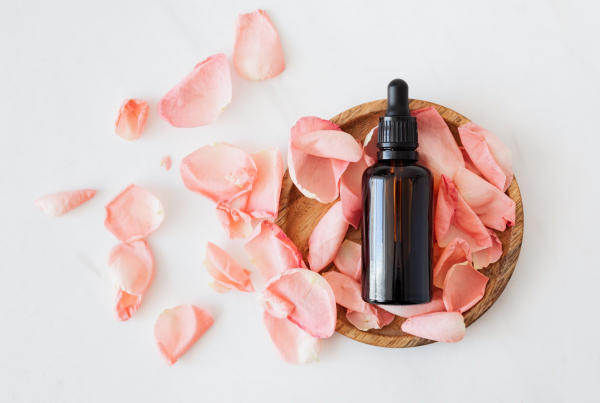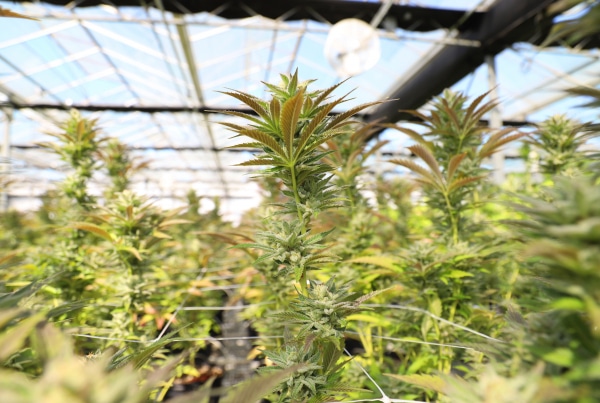If you’ve been part of the cannabis community for any length of time, especially for medical purposes, you’ve likely heard a good deal about the therapeutic effects of CBD. Also known as cannabidiol, CBD is a cannabinoid with anti-inflammatory, analgesic, and anxiolytic effects. It can treat chronic pain and inflammation, regulate mood and sleep, ease nausea, and treat seizures and muscle spasms, to name a few applications.
There is an overwhelming abundance of retailers selling CBD tinctures and other products on the open market, but it can be hard to determine the quality and purity of the product you’re buying. Unless you’re buying from a trusted retailer like Joy Organics (see our CBD Buyer’s Guide to learn what to look for when buying CBD products), sorting out the good products from the junk can be difficult.
You can skip the guesswork by learning the at-home process of how to make CBD oil, with no special equipment or toxic chemicals. This way, you control every step of the preparation process, from selecting the strain to choosing the dosage concentration to the actual extraction itself; you know exactly what you’re getting in the final product and can modify your materials or methods according to your specific needs.
It might seem not very easy, but we promise you, you can definitely learn how to make CBD Oil! Here, we’ll discuss the science of cannabinoid extraction and showing you that making CBD oil at home does not have to be as intimidating as it may seem.
How to make CBD Oil: You Get Back What You Put In
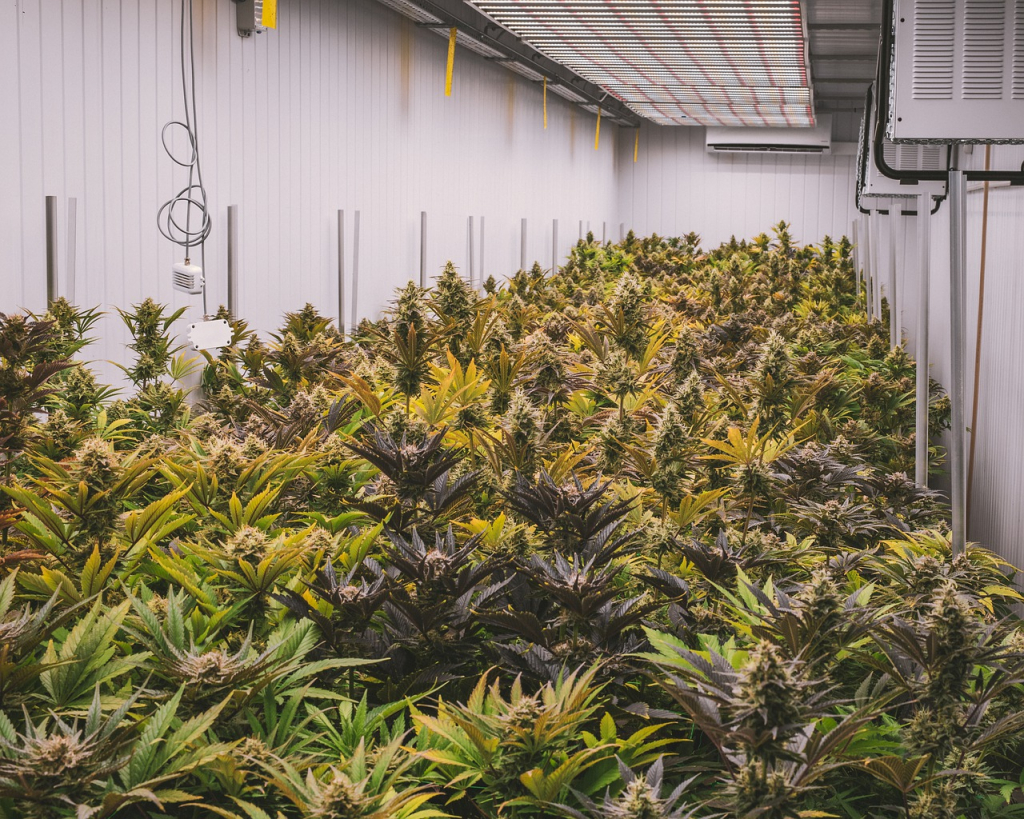
First, we need to talk about choosing your starting material (aka the hemp flower or extract you’ll be infusing into the oil). This is what determines the cannabinoid content of your finished CBD oil (and therefore its effects on you). This is especially important when using the method we’ll outline below because it’s impossible to extract only CBD without taking other cannabinoids, along for the ride. This means that you’ll end up with a high-THC oil if you start with a high-THC flower.
There is no way to separate THC from the CBD without specialized laboratory equipment. Therefore, depending on your starting material, your finished CBD oil may or may not contain THC; it all depends on the cannabinoid content of your starting material.
You can absolutely use high-quality rich strains of cannabis to create Cannabis Oil if you choose. THC has several therapeutic benefits that may work in concert with those of CBD, producing synergistic effects.
If you’re going this route, we recommend an Indica strain, as you’ll get the benefits of CBD and other beneficial cannabinoid content without the “head high” associated with sativas, which can make it hard to function for some consumers.
This type of CBD oil (sometimes called Rick Simpson Oil, or RSO) is perfect for patients suffering from severe chronic pain and various cancers. However, it can cause drowsiness and impairment at high doses, so it may not be right for everyone.
If you choose this route, keep in mind that THC is the cannabinoid responsible for the psychoactive “high” of marijuana. Industrial hemp plants (which most standard CBD Oil or other CBD products are made from) contain less than 0.3% THC and do not induce these psychoactive effects.
If you use a high-THC strain for making CBD oil, you should not use your oil before operating machinery or driving and should proceed carefully until you find out how the oil will affect you. Cannabis, when taken orally, can take up to 90 minutes to take effect.
Choosing the Best CBD Strain For You
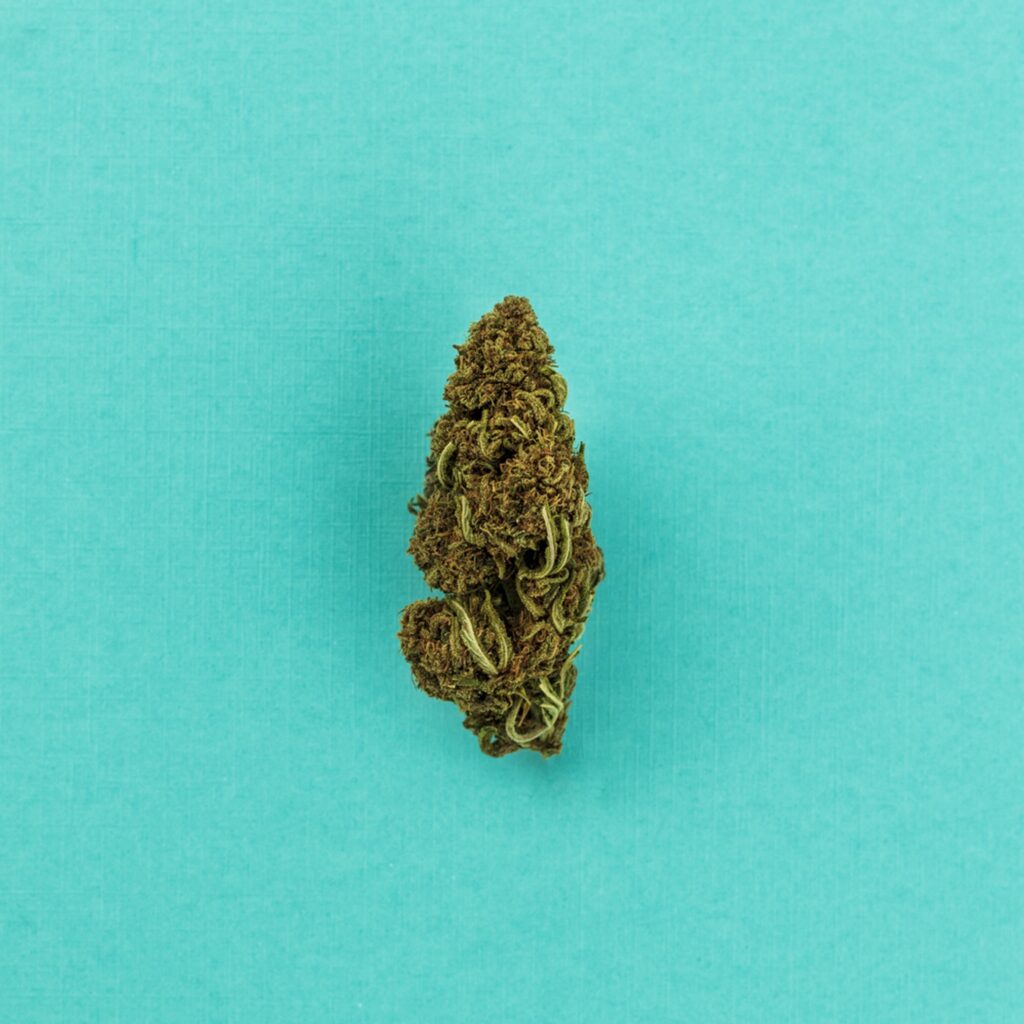
So, what do you do if you want to enjoy the therapeutic benefits of cannabis without the high? If you’re fortunate enough to live in a state where cannabis is legal for you, you can request a high-in-CBD strain from your budtender at the dispensary; they’ll gladly point you in the right direction.
However, if you don’t reside in a state where you can buy your hemp flower from a trusted, licensed professional, Farm Bill-compliant hemp flower is legal for purchase, though it’s not available over the counter in most places.
This means that it is legal to order organically-grown hemp flower in all fifty states, and you can then use this hemp plant to make your CBD oil. Since hemp contains no psychoactive effects you’ll get all the health benefits from the high CBD, CBN, CBG, and other non-psychoactive cannabinoids contained in the hemp flower.
You could also use raw CBD oil (meaning it has not yet been infused into a carrier oil), like uncut CO2 oil, instead of the flowers or buds as the starting material.
Whichever route you choose to go, the important thing is to choose a strain that will impart the effects you’re looking to achieve, as those effects will be the same as those created by the resulting CBD oil. We prefer to use the Lifter strain from Canna Comforts.
If you’re able, try smoking or vaping a little beforehand to get an idea of what its effects will be like before committing. Any adverse or undesirable effects will wear off within an hour or two this way instead of up to eight hours for cannabinoids ingested orally.
How To Make CBD Oil at Home: Use A Carrier Oil Solvent
The method we’ll discuss here extracts cannabinoids (referred to as CBD from here on out for simplicity’s sake) through an easy process that requires little skill and relatively little time spent standing over a pot.
There is another, more complicated (and potentially dangerous) method using alcohol as a solvent. Still, we feel like that deserves its own article (it isn’t for everyone), so we’ll save it for another time. Here, we’ll focus on a much more accessible method with fewer safety requirements: infusing CBD into a carrier oil.
The Science Of The At-Home CBD Extraction Process
This method works because CBD is soluble with nonpolar molecules, meaning it can’t dissolve in water (a polar molecule), but can dissolve in fats (nonpolar) and alcohols (technically a polar molecule overall, but alcohol has a special ability to bond with nonpolar molecules in ways that water cannot—polarity is a spectrum, and while water is far off to one end, alcohol is close enough to the middle too, well, go both ways). This extraction process takes advantage of the lipid-solubility, or dissolvability in fats, of cannabinoids.
How To Make CBD Oil: The Ultimate Guide

Step 1: Choosing Your Ingredients
To create a DIY CBD Oil, you must always use a carrier oil as your solvent—we recommend MCT oil, or coconut oil, for increased bioavailability, but you could much more easily use olive oil, hempseed oil—heck, you could even use butter! Ultimately, it’s up to you and how you want to use the final product.
You will extract CBD into the oil using heat and then strain off the plant material, leaving CBD-enriched oil behind. The resulting oil is much easier to work with than what the alcohol method yields, and there are fewer precautions you need to take throughout the preparation process. To do this, you will need:
- 1 oz of hemp flower of your choosing, finely ground. We recommend using a grinder, but even chopping up the herb with a knife beforehand is better than nothing. The smaller the pieces you can get the herb into, the more efficiently the CBD will be extracted.
- 16 oz MCT oil, coconut oil, or even olive oil of your choosing.
- A double boiler or crockpot—the key to this method is keeping the heat low, slow, and uniform, allowing the mixture to cook for several hours over indirect, consistent heat without risking it getting too hot and burning all your hard work away.
- Cheesecloth for straining the finished oil.
- Utensils—use a mason jar, ceramic, or stainless steel bowls and silicone spatulas for ease, as well as to keep potentially harmful plastics out of your oil.
Step 2: Decarboxylation
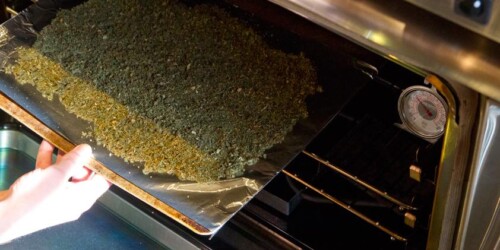
Since you’ve ground the herb up finely, the next step is to decarboxylate, or ‘decarb’, the hemp flower, which changes the CBD into its active form, thereby making it more available to the body. To clarify, the CBDA (‘A’ for acidic) found in dried flowers is in its non-active form; thus, it needs to be decarboxylated into its active form, or what we traditionally think of as CBD.
This can be done on a cookie sheet in an oven at 220-225 degrees Fahrenheit (104-107 Celsius) for about 60 minutes for maximum conversion. After the time is up, remove the flower from the oven to cool.
Step 3: Extraction
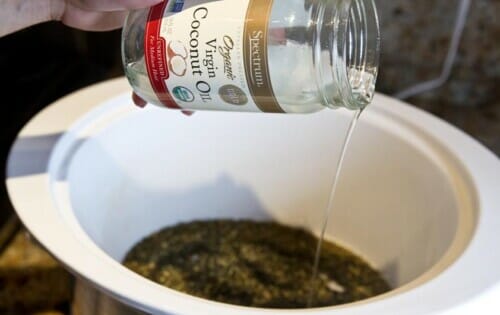
Once you’ve decarbed the starting material, mix your carrier oil and decarbed flower into the top of a double boiler and place over a pot of simmering (not boiling!) water. Low heat on most stovetops should be sufficient to get the water bath hot enough to extract the CBD without risking scorching the oil. You can also use a crockpot as an alternative to a double boiler.
2-3 hours is sufficient time for the CBD to dissolve into the oil; though, there is no harm in going longer. You don’t need to monitor the oil too closely: checking in every half hour or stirring and monitoring its color should be sufficient. When it’s a deep, earthy brownish-green, you’ll know it’s ready.
After the time is up, pour the oil and flower through some cheesecloth (coffee filters will work in a pinch) to strain off the plant matter, leaving behind the CBD-rich oil. If you’re using cheesecloth, be sure to squeeze out all the oil you can from the bundle of plant matter—a potato ricer is super handy for this, but not necessary if you don’t mind using a little elbow grease.
Discard the leftover starting material; its work here is done. You can then place the homemade CBD oil in a bottle or mason jar and store it in a cool, dry place away from the sun and other light sources.
Homemade CBD Oil: What Do I Do With It?
Congratulations, you’ve made your first batch of made CBD oil at home! The resulting homemade CBD oil can be used orally in the form of CBD Oil tinctures or made into CBD Capsules, or even added to food if the taste is unpleasant to you on its own.
The oil can also be applied directly to the skin for topical pain relief, added to your favorite body care products before application, or incorporated into your diet a few drops at a time. Its uses are just as versatile as the CBD you would have bought from a retailer, only it’s custom-designed by you, for you.
To properly dose the homemade CBD oil, you can use an edible potency calculator. The most important factor will be the amount of CBD contained in your starting material—any reputable supplier will be able to tell you this.
Conclusion
While several quality CBD oils are available for purchase, making your own CBD oil at home is attainable, affordable, and low-risk using the oil infusion method discussed above.
Oil extraction uses indirect, low heat to gradually extract CBD without any harsh fumes or flammability precautions. It’s the safest and simplest way to supply yourself with homemade CBD oil. So whether you’re looking to address health issues or just interested in home-cooking, give it a try and let us know how making your own CBD Oil went!

